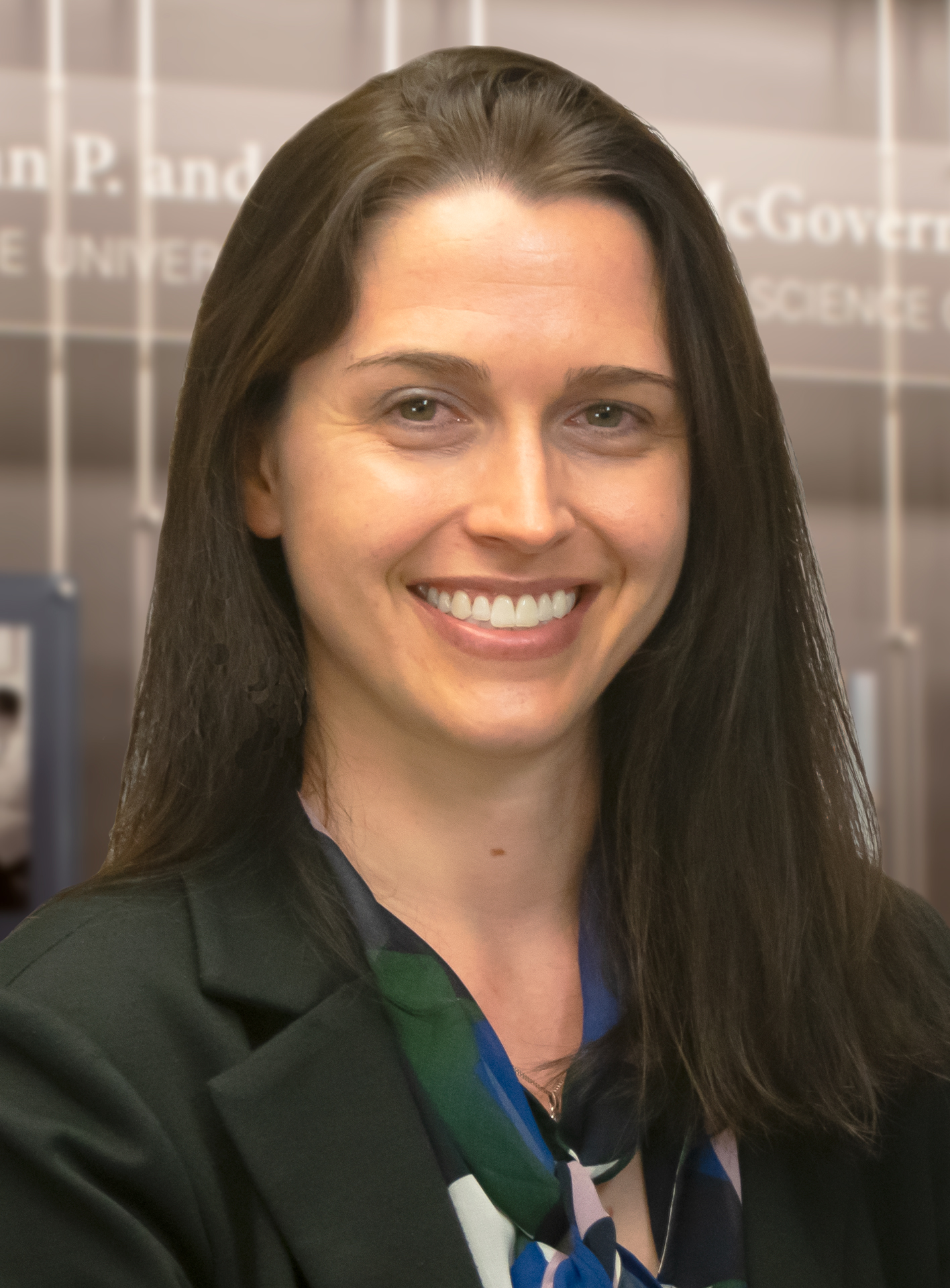
Andrea K. Stavoe, Ph.D.
- Assistant Professor, Neurobiology & Anatomy
传
Dr. Stavoe earned a BS in Biochemistry/Molecular Biology/Biotechnology and a BA in French from Michigan State University. Dr. Stavoe completed her graduate work with Dr. Daniel Colón-Ramos at Yale University, obtaining MPhil and PhD degrees in Cell Biology. Her thesis work usedC. elegansto investigate the molecular mechanisms that instruct synaptic vesicle clustering during neurodevelopment. As a postdoctoral fellow in Dr. Erika Holzbaur’s lab at the University of Pennsylvania, she examined the molecular mechanisms that contribute to an age-related decrease in autophagosome biogenesis in neurons. During her postdoctoral studies, Dr. Stavoe was awarded a F32 postdoctoral training fellowship, as well as the prestigious “NIH Pathways to Independence Award” (K99/R00), both from NINDS. Dr. Stavoe joined the Department of Neurobiology and Anatomy at the McGovern Medical School at UTHealth in September 2020 and was awarded a Rising STAR Award from the UT system.
Research Information
The Stavoe lab is interested in understanding how neurons maintain their homeostasis and integrity to survive the lifetime of the organism in which they live. For humans, this can mean 80+ years, but for longer-lived animals, like Galapagos tortoises and Greenland sharks, neurons might have to survive 200-400 years. The unique characteristics of neurons (their polarity, high metabolic load, and that they are post-mitotic) present additional challenges to maintaining longevity.
The Stavoe lab is particularly interested in the role of autophagy, a degradative pathway, in neurons during aging and neurodegeneration. Misregulation of autophagy has been implicated in the major age-related neurodegenerative diseases (Alzheimer’s, Parkinson’s, and Huntington’s diseases, and ALS) and neuron-specific depletion of critical autophagy genes causes neurodegeneration in mice.
我们旨在识别和了解如何在神经元中进行自噬如何受到调节,以便我们可以调节神经元自噬,渴望为神经退行性疾病提供治疗靶标。我们在神经元中的时间和空间上确定控制神经元自噬的分子机制。此外,我们研究了自噬的不同阶段,从自噬体生物发生到含量的降解,以了解整个自噬途径如何随着年龄的增长而变化。除生化,分子生物学和遗传技术外,STAVOE实验室还使用先进的,多色,活细胞和活动画显微镜来回答这些问题。我们使用小鼠的原发性神经元培养,与遗传障碍性和体内imaging feasibility ofC. elegans.
Publications
Publication Information
同行评审的研究文章beplay苹果手机能用吗
- Stavoe,akh和Holzbaur,精灵。随着年龄的增长,神经元自噬体的成熟变化。在筹备。
- Stavoe,akh,Gopal,PP,Gubas,A,Tooze,SA和Holzbaur,Elf。WIPI2B的表达抵消神经元自噬体生物发生的年龄相关下降。Elife。2019. 8:E44219。在Philadelphia Inquirer. “A new front in preventing brain disease.” September 1, 2019. Featured inPennmedicine新闻. “Taking out the Protein Garbage Becomes More Difficult as Neurons Age.” July 18, 2019
- Stavoe,akh,Hill,SE,Hall,DH和Da。KIF1A/UNC-104运输ATG-9以调节突触时神经发育和自噬。开发单元。2016年。38(2):171-185。
- Larkin,RM,Stefano,G,Ruckle,Me,Stavoe,akh, Sinkler, CA, Brandizzi, F, Malmstrom, CM, Osteryoung, KW.REDUCED CHLOROPLAST COVERAGE来自Arabidopsis thaliana帮助建立叶绿体室的大小。Proc Natl Acad Sci。2016. 113(8):E1116-25。
- Stavoe,akh,Nelson,JC,Martínez-Velázquez,LA,Klein,M,Samuel,ADT和Colón-Ramos,DA。突触囊泡聚类需要Netrin的不同MIG-10/薄荷磷脂同工型和ABI-1。基因和发展。2012. 26(19):2206-21。
- Stavoe,akhand Colón-Ramos, DA. Netrin instructs presynaptic assembly through Rac GTPase, MIG-10/Lamellipodin and the actin cytoskeleton. Journal of Cell Biology. 2012. 197(1):75-88.
Reviews and commentaries
- Stavoe,akh和Holzbaur,精灵。Neuronal autophagy declines substantially with age and is rescued by overexpression of WIPI2. Autophagy. 2020. 16(2):371-372.
- Stavoe,akh和Holzbaur,精灵。Autophagy in neurons. Annual Review of Cell and Developmental Biology. 2019. 35:477-500.
- Stavoe,akh和Holzbaur,精灵。Axonal autophagy: Mini-review for autophagy in the CNS. Neurosci Lett. 2019. 697:17-23.
- Stavoe,akh和Holzbaur,精灵。What Doesn’t Kill You Makes You Stronger. Developmental Cell. 2018. 47(4):402-403.
- Nelson, JC*,Stavoe,akh*, and Colón-Ramos, DA. The actin cytoskeleton in presynaptic assembly. Cell Adhesion & Migration. 2013. 7(4):379-387. *These authors contributed equally
书章
Stavoe,akh和Holzbaur,精灵。实时成像的自噬小体Biogenesis and Maturation in Primary Neurons. “Imaging and Quantifying Neuronal Autophagy,” Neuromethods, Springer Nature Series. 2019. In press.